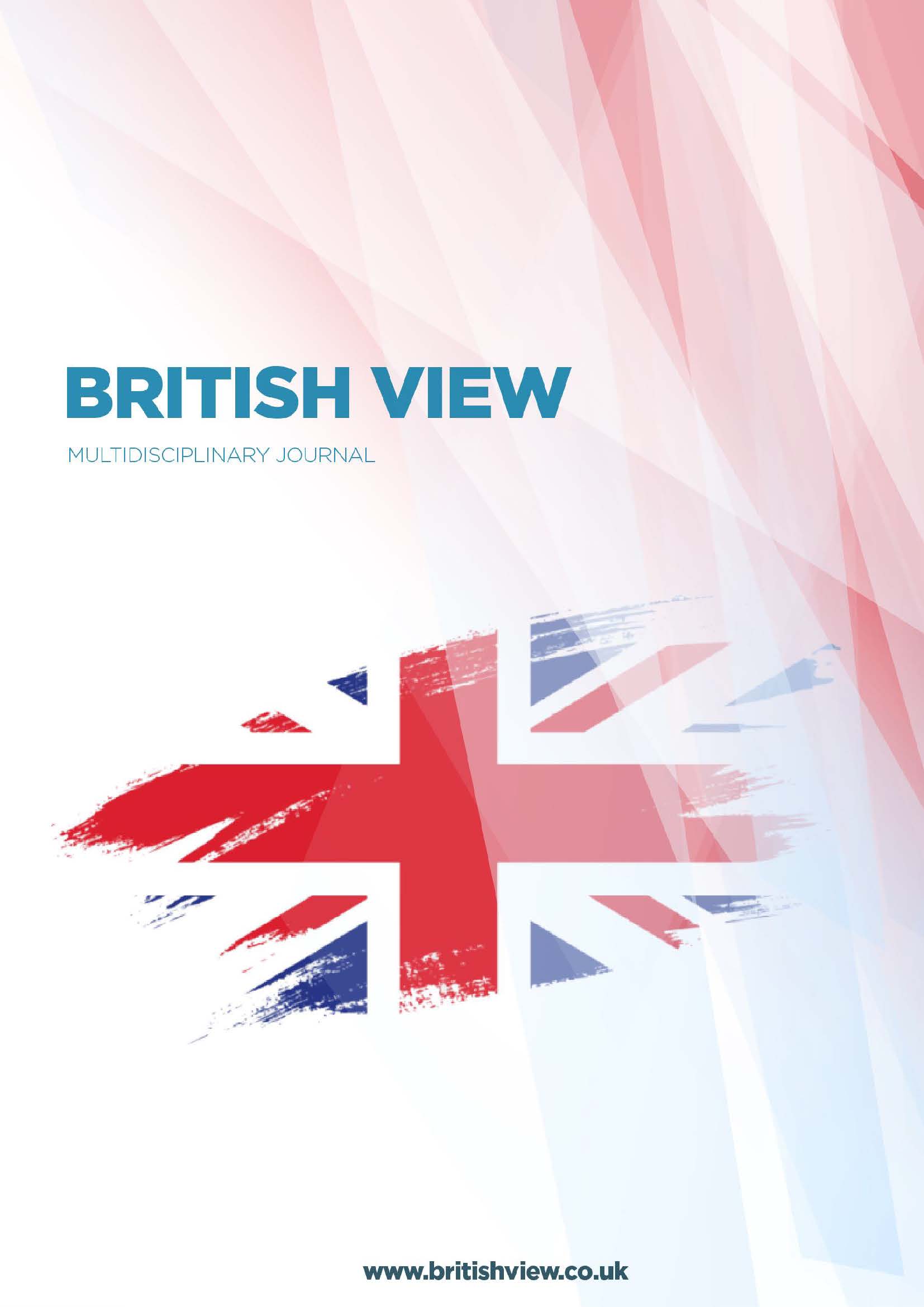Abstract
The Cyclogram of annual training monitoring is a cyclical process used by pedagogical higher education institutions to monitor and evaluate the progress of their students over the course of a year. It involves four stages: planning, implementation, analysis, and reflection. The planning stage involves the identification of clear and measurable learning objectives and the development of a plan to achieve those objectives. The implementation stage involves the delivery of the planned curriculum, the administration of assessments, the collection of data related to student performance, and the provision of feedback to students. The analysis stage involves the evaluation of the data collected during the implementation stage and the identification of areas where students are performing well and areas where additional support may be needed. The reflection stage involves the review of the Cyclogram process, the identification of areas for improvement, and the development of a plan for future Cyclogram cycles. The use of the Cyclogram of annual training monitoring in pedagogical higher education institutions has several benefits, including ensuring that students are meeting the required learning standards, providing a structured and systematic approach to monitoring and evaluation, and allowing for the identification of areas for improvement.
References
Gromov, I.A. (2018). The Cyclogram of annual training monitoring as a tool for monitoring the quality of education in pedagogical higher education institutions. Pedagogical Education in Russia, 7(1), 131-138.
Nikolaeva, N.V. (2016). Monitoring the quality of education in pedagogical higher education institutions: Methodological approaches and tools. Pedagogical Education in Russia, 5(2), 177-183.
Soboleva, O.A. (2019). The Cyclogram of annual training monitoring as a tool for ensuring the quality of education in pedagogical higher education institutions. Higher Education in Russia, 28(6), 133-138.
Khairullina, E.R., & Nurtdinov, R.R. (2019). Innovative approaches to the development of the Cyclogram of annual training monitoring in pedagogical higher education institutions. Journal of Physics: Conference Series, 1374(1), 012057.
Petrova, E. V., & Klyueva, N. A. (2017). The Cyclogram of annual training monitoring as a tool for ensuring the quality of education in pedagogical higher education institutions. Bulletin of the Chelyabinsk State Pedagogical University, 10(1), 142-146.
Tsygankova, O.V., & Antonova, E.V. (2020). The use of the Cyclogram of annual training monitoring in the process of professional development of teachers. International Journal of Emerging Technologies in Learning, 15(14), 157-169.
Zaitseva, N.A., & Kamyshanchenko, O.V. (2018). The Cyclogram of annual training monitoring as a tool for the development of competencies in students of pedagogical higher education institutions. Journal of Physics: Conference Series, 1015(1), 012062.
Iskandarov Sh.A. Developing of Uzbek Arabs’ in self-consciousness9th International scientific conference “European Applied Sciences: modern approaches in scientific researches” 31 th march 2014. Stuttgart, Germany. S. 18-19.
Iskandarov Sh.A. The Language Characteristics And Ethnolinguistic Changes Of The Arabs Of Uzbekistan ASEAN Journal on Science & Technology for Development Vol 39, No 4, 2022, 578-587 10.5281/zenodo.7321767
Маматов, Д.Н. (2015). Помощник–новая форма учителя в процессе повышения эффективности образовательной системы. Образование через всю жизнь: непрерывное образование в интересах устойчивого развития, 2(13), 200-203.
Mamatov D.N. Information Educational Environment as a Factor of Intensification Students’ Independent Work //Eastern European Scientific Journal. – 2017. – №. 5. 12. Khoshimova, D.M. (2018). THE PLACE OF AUTHOR’S PERSONAL AND INTERPERSONAL COMPARISON MEANS IN TRANSLATION OF" BABURNAME. In Colloquium-journal (No. 13-4, pp. 19-21). Голопристанський міськрайонний центр зайнятості= Голопристанский районный центр занятости.
Khoshimova, D. (2019). THE PLACE OF AUTHOR'S PERSONAL AND INTERPERSONAL COMPARISON MEANS IN TRANSLATION OF" BABURNAME". Sciences of Europe, (45-5), 46-48. 14. Khoshimova, D.M. (2015). The artistic and comparative interpretation in "Baburname" translations. In The Seventh European Conference on Languages, Literature and Linguistics (pp. 133-136).
O.Yusupov, I.Mirzaeva, A.Mukhamedaminov, D.Shigabutdinova, S.Nazarov, U.Muradov, T.Toshpulatov, Sh.Fayziev, Sh.Fayziev. Phraseological Units with Colour Designation Component as a Means of Reflecting the Self-Consciousness of the English People. LINGUISTICA ANTVERPIENSIA, 2021. P. 719-731
Yusupov O.N. Subtleties of Literary Translation. İlköğretim Online (IOO) - Elementary Education Online 4 (4), 1987-1991.
